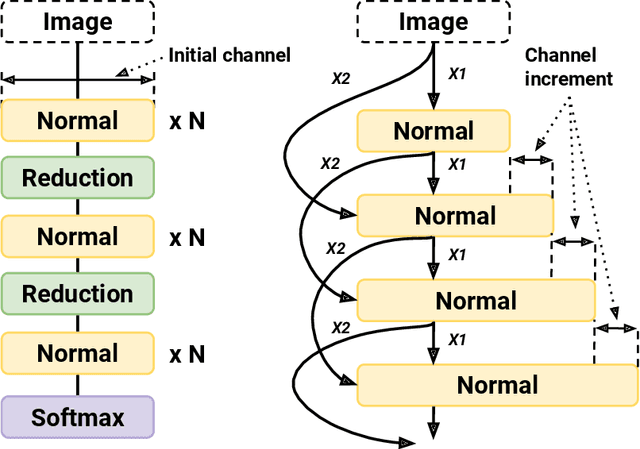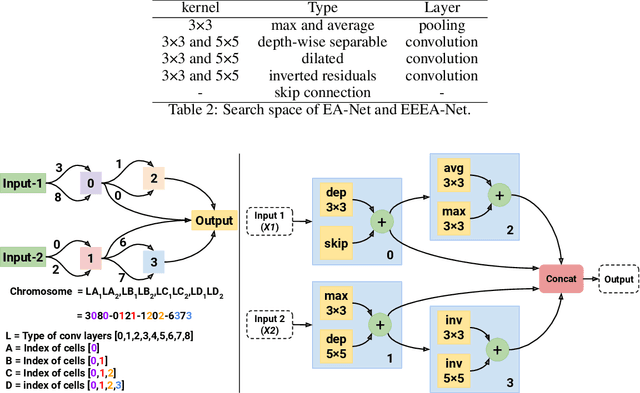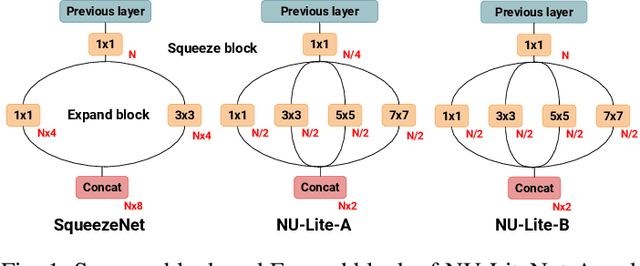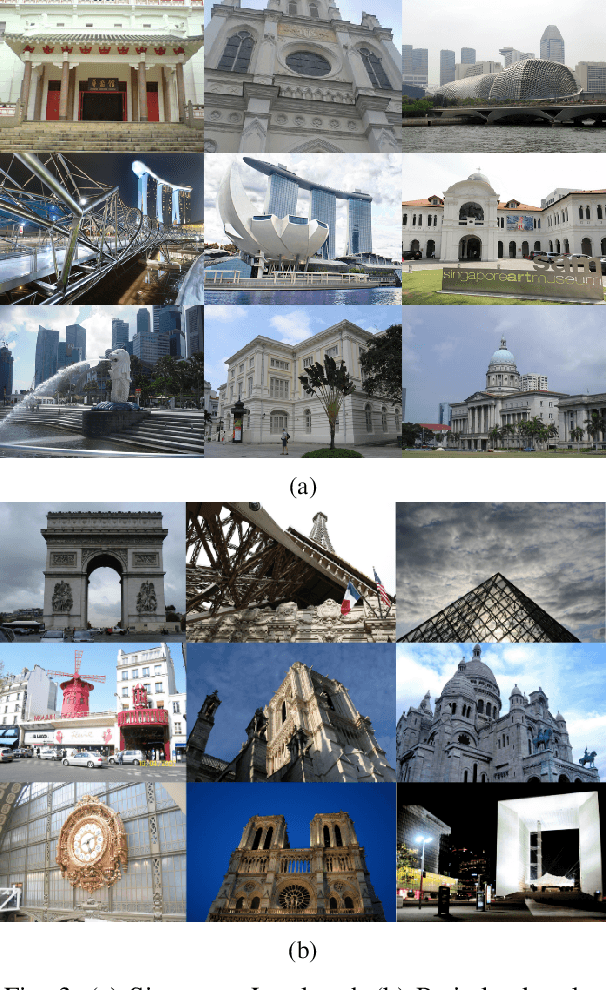Paisarn Muneesawang
EEEA-Net: An Early Exit Evolutionary Neural Architecture Search
Aug 13, 2021



Abstract:The goals of this research were to search for Convolutional Neural Network (CNN) architectures, suitable for an on-device processor with limited computing resources, performing at substantially lower Network Architecture Search (NAS) costs. A new algorithm entitled an Early Exit Population Initialisation (EE-PI) for Evolutionary Algorithm (EA) was developed to achieve both goals. The EE-PI reduces the total number of parameters in the search process by filtering the models with fewer parameters than the maximum threshold. It will look for a new model to replace those models with parameters more than the threshold. Thereby, reducing the number of parameters, memory usage for model storage and processing time while maintaining the same performance or accuracy. The search time was reduced to 0.52 GPU day. This is a huge and significant achievement compared to the NAS of 4 GPU days achieved using NSGA-Net, 3,150 GPU days by the AmoebaNet model, and the 2,000 GPU days by the NASNet model. As well, Early Exit Evolutionary Algorithm networks (EEEA-Nets) yield network architectures with minimal error and computational cost suitable for a given dataset as a class of network algorithms. Using EEEA-Net on CIFAR-10, CIFAR-100, and ImageNet datasets, our experiments showed that EEEA-Net achieved the lowest error rate among state-of-the-art NAS models, with 2.46% for CIFAR-10, 15.02% for CIFAR-100, and 23.8% for ImageNet dataset. Further, we implemented this image recognition architecture for other tasks, such as object detection, semantic segmentation, and keypoint detection tasks, and, in our experiments, EEEA-Net-C2 outperformed MobileNet-V3 on all of these various tasks. (The algorithm code is available at https://github.com/chakkritte/EEEA-Net).
* Published at Engineering Applications of Artificial Intelligence; Code and pretrained models available at https://github.com/chakkritte/EEEA-Net
NU-LiteNet: Mobile Landmark Recognition using Convolutional Neural Networks
Oct 02, 2018



Abstract:The growth of high-performance mobile devices has resulted in more research into on-device image recognition. The research problems are the latency and accuracy of automatic recognition, which remains obstacles to its real-world usage. Although the recently developed deep neural networks can achieve accuracy comparable to that of a human user, some of them still lack the necessary latency. This paper describes the development of the architecture of a new convolutional neural network model, NU-LiteNet. For this, SqueezeNet was developed to reduce the model size to a degree suitable for smartphones. The model size of NU-LiteNet is therefore 2.6 times smaller than that of SqueezeNet. The recognition accuracy of NU-LiteNet also compared favorably with other recently developed deep neural networks, when experiments were conducted on two standard landmark databases.
 Add to Chrome
Add to Chrome Add to Firefox
Add to Firefox Add to Edge
Add to Edge